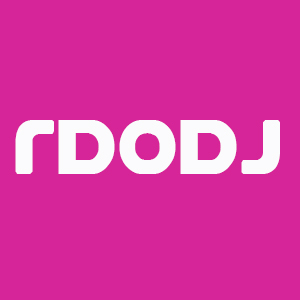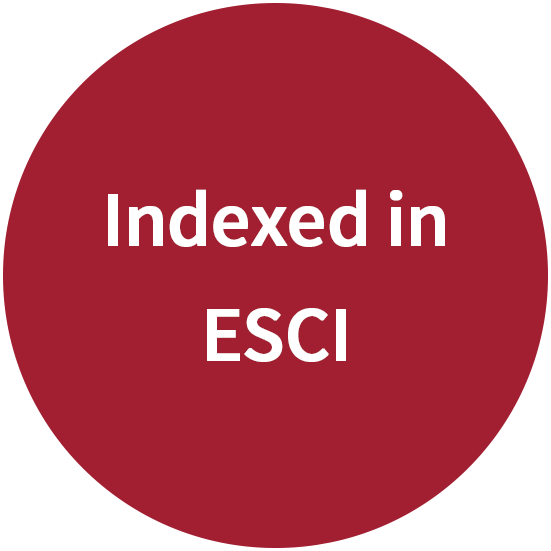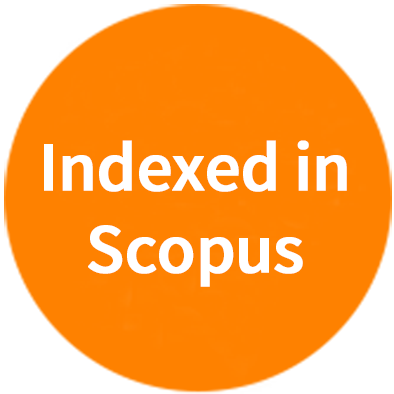fig6

Figure 6. Photomicrographs of (A) H&E, (B) GT staining for collagen and connective tissue, (C) Dys2 dystrophin, and (D) utrophin histochemical stains of the vastus lateralis muscle from a 13-year-old boy roughly equivalent to an 8-month-old dog based on comparative longevity studies[126]. In the H&E (A) and GT (B) stains, the endomysial connective tissue separating individual myofibers and open spaces typical of adipose tissue (fat; top right) are increased (see Figure 5 for GRMD comparison). Note also the small cluster of dystrophin-positive (“revertant”) fibers in C (arrow) and prominent utrophin staining consistent with upregulation. Otherwise, there is variation of myofiber size with occasional internal nuclei, both nonspecific features of myopathy, with little to no necrosis or inflammation. Scale bar = 50 µm. GT: Gomori trichrome.








